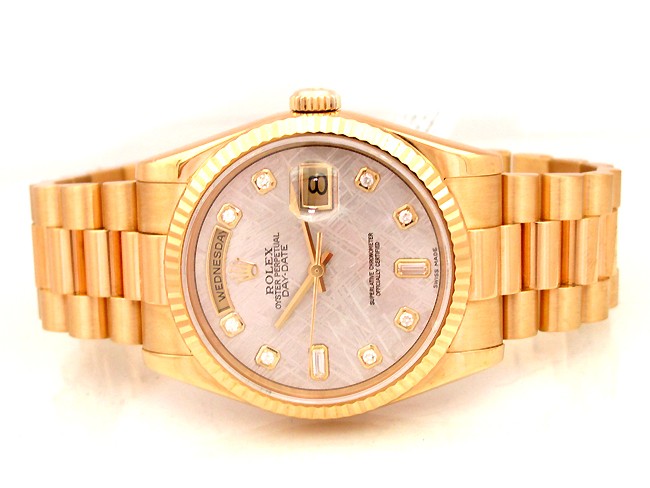

By the team’s reckoning, the lonsdaleite formed in the ancient dwarf planet “shortly after a catastrophic collision.” If lonsdaleite’s structure makes it harder than ordinary diamonds, it could have applications in the materials sciences. The recent work offers “strong evidence that there’s a newly discovered formation process for the lonsdaleite and regular diamond,” McCulloch added. Lonsdaleite has also been found in the meteorite fragments left over from the Meteor Crater impact event, which occurred about 50,000 years ago. An asteroid’s collision with a dwarf planet is a similarly extreme event, one with the high temperatures and pressures necessary to create diamonds. In 1945, the Trinity bomb test showed the effectiveness of the newly developed plutonium bomb and also created trinitite, a bizarre, glasslike quasicrystal formed from desert sand and copper wiring in the high-pressure, high-temperature environment of the explosion. Extreme physics tends to bring out uncommon mineral structures. The hexagonal lonsdaleite diamonds formed within the ureilite rocks. They think the recently studied ureilite rocks formed in a the mantle of an ancient dwarf planet, which collided with an asteroid early in the formation of the solar system. In their recent research, the team found that lonsdaleite occurs naturally in ureilite meteorites, a type of carbon-bearing space rock made up of silicates, sulfides, and metal. The mineral differs from usual diamonds in its crystal structure, which is hexagonal (ordinary diamonds have a cubic crystal structure.) Separate research earlier this year indicated that lonsdaleite’s structure makes it harder than other diamonds.

The mineral has also been created in lab settings, but otherwise is vanishingly rare on Earth. Lonsdaleite has previously been found in meteorites, including the Diablo Canyon meteorite, a fragment found in Arizona’s famous Meteor Crater. “This study proves categorically that lonsdaleite exists in nature,” said study co-author Dougal McCulloch, director of the Microscopy and Microanalysis Facility at RMIT in Australia, in a university release. Their research is published today in PNAS. They investigated 18 ureilite fragments using advanced electron microscopy, to better understand how the lonsdaleite within the space rocks formed. According to a team of scientists in Australia, the mineral lonsdaleite-a type of diamond with a hexagonal crystal structure-can be found in meteorites that were likely created when an asteroid collided with a dwarf planet billions of years ago.

New research indicates that a rare form of diamond may originate in the burbling cores of distant worlds, arriving on Earth thanks to violent cosmic collisions. Weird Hexagonal Diamonds Came From an Asteroid-Dwarf Planet Smashup, The diamonds’ unusual crystal structure may make them harder than ordinary diamonds. Never-before-seen Diamond Crystal Structure Found Inside A Meteorite.


 0 kommentar(er)
0 kommentar(er)
